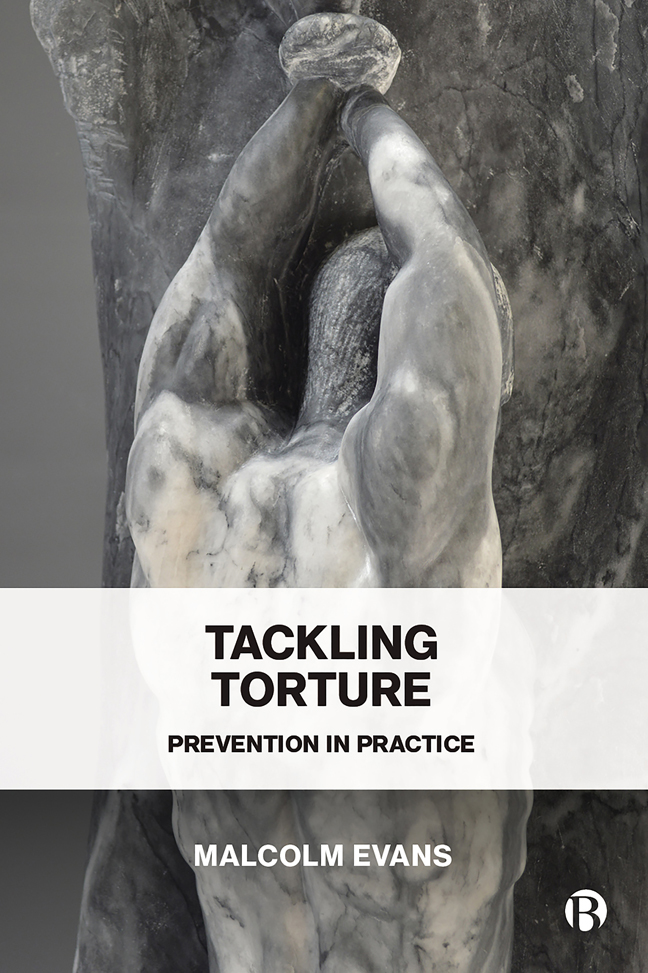10 - Prescribing the Inappropriate
Published online by Cambridge University Press: 24 January 2024
Summary
Introduction
One of the easiest things in the world is to say that ‘something should be done’ about the sorts of situations that the UN Subcommittee on Prevention of Torture (SPT) encounters. However, it is often surprisingly difficult to know what to do and who should do it. International human rights lawyers and international human rights treaty bodies tend not to think too much about this because, generally speaking, they do not have to. They are addressing the state, and frequently it is sufficient for them to determine whether the state has been responsible for a breach of its international obligations and to require that this be remedied, usually by providing financial compensation, changes in primary legislation, the amendment of administrative rules, guidance or practices. Often there is not much scope for nuance regarding to whom those recommendations need to be made: they are made to the state, and it is expected that the state will implement them. Precisely whose job it is to do that is not really the concern of the international body. As a result, many international bodies can legitimately skate over the question of who it is that should be taking action to bring about the changes that are necessary by addressing their recommendations to ‘the state’, and to its ‘relevant authorities’.
The SPT often addressed the ‘relevant authorities’ in its recommendations too, and often it was perfectly appropriate to do so since, once again, it could sensibly be left to the state to determine how the recommendation in question might best be implemented. On other occasions, however, I would wince at the sight of the expression, since it was really being used to avoid the difficult truth that we just did not know who was going to be able to do anything about the problem which we had identified and wanted to see solved, let alone how. It was the equivalent of throwing one's hands in the air and saying “someone should do something” – and then leaving it to others – to the ‘relevant authorities’ – to sort it all out. Yet more often than not, the entire problem was that the ‘relevant authorities’ were not sorting it out, being either blind to the problem, ignoring the problem or too busy offering excuses to seek solutions.
- Type
- Chapter
- Information
- Tackling TorturePrevention in Practice, pp. 160 - 170Publisher: Bristol University PressPrint publication year: 2023

